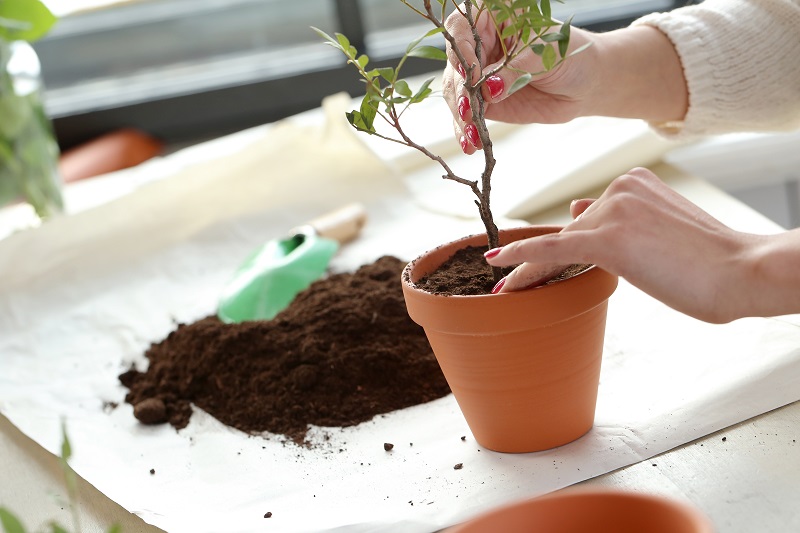Becoming a plant parent seems to be one of the top home quarantine activities. Condo balconies are getting greener. Apartment rooftops are turning into mini veggie farms.
If you’re eager to be part of the home gardening craze but you haven’t taken care of plants before, don’t worry, the black thumb isn’t real. Here are some tips on how to get you started on the road to becoming a certified ‘plantita’ or ‘plantito’
Prepare your home
Just like preparing your home for a new baby, you have to prepare the space for your plant baby. Consider the amount of space available in your home for your new plant babies and the amount of sunlight available in the spot that you want to keep them in. You can start with small, potted plants that are not intimidating and do not take up so much space.
If you have pets, make sure to consider getting pet-friendly house plants. You can also designate a space for your plants that is out of your cat or dog’s reach.
Start slow
Before you dive in and ‘add to cart’ every pretty plant and seed packet you see online, remind yourself that being a plant parent will be a responsibility. It will almost be like taking care of a new pet, except that plants are more low maintenance than actual pets, and your plants will never make a sound.
Start with one or two plants for your desk or window or one small tray of seedlings for your kitchen. Later on, you can also explore hydroponics. You can craft a hydroponics setup indoors or outdoors, to grow lettuce and other produce.
Go for the ‘tough’ ones
While you’re still getting the hang of watering schedules and plant needs, it’s better to start with tough plants that can stay alive even with the mistakes or neglect of gardening newbies. Some plants are more forgiving than others.
Decide if you want to go for ornamental plants or edible plants. Once decided, research the heck out of the plant care of that plant.
Plants like the snake plant (Sansevieria trifasciata) and Pothos (Epipremnum aureum) are great indoor plants for beginners. They can survive forgetful first-time plant parents and only need watering once a week. They can thrive indoors since they do not need direct sunlight.
If you decide to go for the edible ones, herbs like rosemary and basil are also very tolerant and would thrive by your kitchen window or shaded balcony. You can also grow kangkong, pechay and tomatoes in planters. However, remember that most veggies need to be grown outdoors since they require sunlight.
Sit back and relax
Don’t stress out too much over your new plant babies. When they first arrive in your home, resist the urge to water, fertilize or re-pot immediately. Let them settle for a day or two before you water them for the first time. They were most likely watered and fertilized before delivery by your supplier, and are probably a little shaken up by the travel.
Your plants will tell you when they need something or when something is wrong. In the meantime, go ahead and stare at them contentedly. Singing and/or talking to them is also recommended.
Don’t give up on your plant-parenting dreams
Sometimes, we forget our watering schedule. Or we get too excited and overwater them, or your plant baby gets ravaged by naughty caterpillars and you’re left with something in the pot that’s barely alive. It’s ok, do not give up. You can start over.
There is a learning curve to taking care of plants, but you’ll get the hang of it. What’s important is the joy you get from taking care of your plant baby. There is something therapeutic in watching and helping your plant baby grow and thrive. If at first, you don’t succeed, remember that you can start over even when things don’t grow according to plan.

